|
One doesn’t need to be in Tuscany to savor Tuscan wines and indulge in the creative cuisine of this beautiful region. Just follow the directions below to create a touch of Tuscany, and you’ll be swirling, sipping, and eating in no time! Chianti Classico DOCG appellation is located in the heart of Tuscany and is the most esteemed and ancient area in the Chianti winemaking zone. Tenute Piccini/Piccini1882 is a Tuscan winery owned by the Piccini family, who have worked in the Chianti Classico area since 1882. Mario Piccini is the CEO and fourth generation of the family. What began with seven hectares in Chianti Classico has now expanded to five estates here, in addition to acquired vineyards in Basilicata and Sicily. Today’s focus is on three Chianti Classico DOCG wines produced from the Fattoria di Valiano estate located in the heart of the Chianti Classico production area in Castelnuovo Beradenga, and home to the Piccini family. Piccini has 200 hectares of land here, of which 75 hectares are vineyards. They are all cultivated organically and certified as such from the 2018 harvest. The soils are mostly clay and stone, with the exception of the Poggio Teo cru, which is sand and stone. These three wines are an authentic expression of the grapes and terroir of Chianti Classico. And they evoke the passion and love that the Piccini family pours into each bottle. “Everything I do is driven by an irrational desire to relive that moment and to share with others the joy and wonder that a glass of perfection can provoke.”—Mario Piccini Valiano Poggio Teo Chianti Classico DOCG 2019 This wine is 90% Sangiovese and 10% Merlot. Grapes are sourced from the Poggio Teo cru that sits about 350 m above sea level. The wine ages for three months in barriques, nine months in large oak barrels, and three months in bottle. Nose: Soft floral, cherry, and spice Palate: Generous and fresh with red berry and cherry notes, plum, spice, and a touch of herbs. Tannins and acidity are beautifully integrated. Alcohol: 13.5% SRP: $28 Pairings: Aged cheese, roasts, stews, risotto Valiano Poggio Teo Riserva Chianti Classico DOCG 2018 The grapes for this 100% Sangiovese are sourced from the Poggio Teo cru that sits about 350 m above sea level. This is the only vineyard in Valiano characterized by a sandy texture with a good presence of sandstone. Aging takes place in large French oak barrels for 18 months and 12 months in bottle. Nose: Dark berries, cherry, herbs, and a hint of baking spice. Palate: Aromas segue onto the palate with notes of minerality and a lovely balance of sweet and savory. Alcohol: 15% SRP: $26 Pairings: Grilled meat, game, hearty stews, pasta, aged cheese. Valiano 6.38 Gran Selezione Chianti Classico DOCG 2018 This is a blend of 90% Sangiovese, 7% Cabernet Sauvignon, and 3% Merlot. Grapes are sourced from vines planted in 1998. Wine is aged 18 months in 10-20 hl French oak barrels for the Sangiovese, 18 months in barriques for the Cabernet and Merlot, and six months in bottle. Nose: Violets, plum, dark berries, cherry, and sweet spice. Palate: Lush notes of juicy blackberries, plum, dark cherry, anise, and pepper, with smooth tannins and a long, intense finish of spice and dark fruit. Alcohol: 14% SRP: $25 Pairing: Aged cheese, truffle or mushroom risotto, meat, lamb, pasta with red sauce. Hopefully, I have aroused your curiosity with these wines, and you are now ready to pair them with some authentic Tuscan cuisine. Tuscan Women Cook: Nonnas. Memories. Recipes cookbook is a wealth of generational recipes put together by Coleen Kirnan with Rhonda Vilardo. The recipes were shared by the nonnas of the village of Montefollonico and neighboring towns. The book has over 50 delectable recipes along with photos, stories, and many tips. Here are two mouthwatering recipes. (The recipes and photos below are reprinted with permission from Tuscan Women Cook cookbook by Coleen Kirnan. Copyright www.TuscanWomenCook.com) Crespelle di Funghi (Mushroom Crepes) Carré di Agnello (Rack of Lamb) So, if traveling to Tuscany isn’t in the cards right now, then let your palate take a trip and enjoy some Tuscan wine and food without leaving home! Until next time… Cheers and Buon Appetito!
Penina Earth Day is a yearly celebration founded by Senator Gaylord Nelson in 1970. It is celebrated worldwide every April 22nd, and this year’s theme is “Invest In Our Planet.” The objective of Earth Day is to promote environmental awareness and respect for life on the planet. It is essential to do our part all year long and to move toward a more sustainable environment and a healthy future for the earth. Globally, more wineries than ever before are contributing their efforts to maintain sustainable practices in the vineyard and wine production. A chemical-free environment, careful use of energy, water conservation, and best use of the environment are becoming the focus. Many wineries are turning to organic farming and replacing the use of pesticides, fungicides, artificial chemical fertilizers, and herbicides with alternative measures that promote respect for the grape and its environment. Every country, state, and region has its own rigorous requirements for sustainability and organic farming certifications. In addition to these practices, carbon footprint reduction and biodynamic practices are other methods used in grape growing and wine production. A carbon footprint is the total amount of greenhouse gases (including carbon dioxide and methane) generated by our actions. Rethinking packaging, using solar power, and lowering CO2 emissions are among the many measures wineries are adopting. Biodynamics is a method of farming based around a specific astronomic calendar focusing on the rhythms of nature. It combines a holistic, ecological, and ethical approach in cultivating grapevines. With absolutely no partiality or intent to exclude other countries, let’s look at several viticulturists and wine producers in Chile, Italy, Spain, and Oregon State to see how they contribute positively to our planet. Chile In 2011, Chile formalized its dedication to sustainability and developed the award-winning Sustainability Code for the Chilean Wine Industry (SCWI) or Código de Sustentabilidad de la Industria Vitivinícola Chilena. The world’s most wide-ranging wine sustainability code, SCWI, has served as an inspiration for numerous other countries and wine regions. SCWI features 351 individual requirements divided into four categories: Viticulture, Vinification & Bottling, Social, and Wine Tourism. In the ten years since its inception, SCWI has been adopted by all the country’s leading wine producers and accounts for 80% of Chile’s bottled wine exports. Emiliana Organic Vineyards, a pioneer in Chile, is one of the world’s largest organic and biodynamic wine producers. In commemoration of Earth Day, Emiliana is calling for a joining of forces to protect and reaffirm its responsibility to the planet through these eight commitments that they follow:
3. Conserving Biodiversity in the vineyards 4. Reducing Carbon Footprint 5. Reducing Energy Consumption 6. Reducing Water Consumption 7. Minimizing the environmental impact of Supplies 8. Minimizing the Generation of Waste and increasing Recycling Among other things, Emiliana has 91 organic vegetable gardens for its employees, with many participating in collective growing to provide healthy food for their families. Viña Tarapacá estate, farmed since 1874 in Isla de Maipo, is Chile’s traditional vinous heart and is known for its diverse soils that enable it to grow an array of grapes successfully. In addition, Viña Tarapacá has a powerful sense of environmental friendliness, submitting to the highest international quality standards and certifications. Viña Tarapacá planted more than 11,000 native trees and shrubs to restore the natural environmental balance and reconnect the biological corridors between the Altos de Cantillana mountains and the River Maipo through the estate’s 5,000 acres of vineyards. “In 2016, we launched our mini hydroelectric plant. This is a renewable energy project to take advantage of the irrigation canal water fed by the Maipo River present in the vineyard to generate electricity for the operation of our winery’s vineyard. It is capable of generating 250 kWh of energy, which represents 60% of the electricity consumption of the winery.” Italy Albino Armani Winery has been making wine since 1607. Today, the family project boasts five privately owned estates composed of 330 hectares of vineyards. The family vineyards are situated in three major Italian wine-growing regions: Veneto, Trentino, and Friuli-Venezia Giulia. Albino has a strong bond with the land, and he says, “Sustainability = Viticulture and Social Responsibility.” He adds, “I believe that for me to possess this concept of sustainability, it is fundamental to belong to a territory and feel it as my own.Consequently, sustainability must be shared by all the players, and its promotion must have an impact and be spread out all over the territory, also involving the various administrations. There has to be a great conversion in farming methods, etc. And the effort must be shared by the entire community. There has to be a widespread notion of defending the ecology, a notion which is concrete and tangible, and which leads to a common result.” All of the Albino Armani vineyards since 2019 have been given the SQNPI certification. This national certification aims to help agricultural ecosystems monitor and reduce environmental impact, reducing the use of synthetic chemicals and rationalizing all agronomic practices such as fertilization and irrigation. Spain Dominio de Punctum is a family-owned winery that dates back to 1905 and is located in the province of Cuenca near central Spain. Oenologist Ruth Fernandez is one of three siblings who own and manage the winery. Ruth got her degree in Viticulture and Enology and is passionate about caring for the land. And so, they have been farming organically since 2005 and became biodynamic in 2010. “Punctum is committed to delivering unique, value-added products. We aim to achieve this through organic and biodynamic agriculture, making wine that stands out not only for the beauty of its aroma or delicacy on the palate but also for being natural and authentic, and free of any chemicals. We take part in a farming philosophy that is aimed towards the future: we understand how to manage nature to deliver top-quality grapes and wines while taking care of the environment by improving it instead of spoiling it. Our wines are organic, biodynamic, and vegan-friendly, following our commitment to the environment and wine lovers around the world.” – Jesús, Ruth, and Cristina Fernández. Oregon – USA J. Christopher Winery, located in northern Willamette Valley, Oregon, is owned by well-known winemaker Erni Loosen, creator and owner of Germany’s Dr. Loosen and Villa Wolf estates. Following his passion for Pinot Noir, Erni set his sites on J. Christopher, eventually purchasing 40 acres and planting the Appassionata Vineyard. Ernie and his team are proactive when it comes to sustainability. Maintaining healthy soil and vines is a priority. Biodiversity and minimal impact is practiced in the vineyard, and the winery is designed for energy efficiency. The below-ground pre-cast concrete caves use no energy for temperature control – they stay naturally cool and humid, creating the ideal environment for maturing wines. Concerning sustainable farming, this is what they have to say. “In both our Appassionata Vineyard and the Medici Vineyard, which we lease and manage, we farm organically. There are no pesticides or chemical fertilizers used in our vineyards – only organic soil amendments, including compost made from our own pomace. Our winemaking practices generally follow the biodynamic calendar and practices, trusting nature to do much of the work. We strive to minimize waste in our tasting room and all aspects of wine production. All glass, metal, and cardboard are recycled. Even the process water from the winery is filtered, aerated and returned to the earth.” Here is a selection of wines from each of the mentioned wineries. Viñedos Emiliana Coyam 2018
Grapes for this wine are sourced from the Colchagua Valley and are a blend of eight varieties of organic grapes, with Syrah and Carmenere dominating. It is aged 14 months in 80% French oak (mix of new barrels and second-and-third use), 16% in 2,000- and 5,000-liter foudres, and 4% in concrete eggs. Nose: Ripe red berries, herbs, baking spice, and a touch of earth Palate: Cherry, raspberries, blackberries, juicy plum, and spice. Complex, smooth, and a long finish that is good to the last drop! Alcohol: 14% SRP: $35 Pairings: Roasted or grilled meat and chicken, vegetable casseroles, pizza, or grilled salmon. Viña Tarapacá Gran Reserva 2019 Made with organic grapes, this is a five variety blend with Cabernet Franc and Syrah dominating. Grapes are sourced from the D.O. Maipo Valley. The wine is aged for 12 months in American and French oak barrels (20% new, 80% used), and the remaining 25% of the wine is kept in stainless steel tanks to retain the primary fruit component for the final blend. Nose: Floral, red and dark fruit, cherry, plum, spice, and vanilla. Palate: Rich and smooth with dark cherry, blackberries, plum, baking spice, and pepper. It is beautifully balanced with a long finish. Alcohol: 14% SRP: $20 Pairings: Grilled meat and chicken, seared tuna, aged cheese, or pasta. Albino Armani Prosecco Rosé DOC Extra Dry Millesimato 2020 This sparkling wine is certified sustainable with 90% Glera and 10% Pinot Noir sourced from vineyards in Alta Grave Friulana. It is produced using the Charmat method with second fermentation in tanks for a minimum of 60 days. Nose: Lovely floral, berry, and cherry aromas. Palate: Creamy and fine perlage with red berries, cherry, a hint of apple, and nice acidity. Alcohol: 11% SRP: $15.99 Pairings: Drink as an aperitif or with appetizers, light pasta dishes, mushroom risotto, seafood, or cheese. Albino Armani Pinot Grigio Colle Ara Valdadige TerradeifortiDOC 2020 The grapes for this 100% Pinot Grigio are sourced from certified sustainable vineyards on ancient terraces on the Colle Are, in the southern part of the Adige Valley in the Veneto region. Extended maceration on the skins gives this wine a pink/copper hue. The wine is aged in stainless steel tanks and partially in wood until bottling. Nose: Enticing aromas of floral, stone fruit, tropical fruit, golden delicious apples, and citrus. Palate: A juicy explosion of peach, apricot, lemon, orange zest, vibrant acidity, and minerality entertain the palate. Beautifully structured. Alcohol: 13% SRP: $21.99 Pairings: Enjoy as an aperitif or serve with seafood, shellfish, grilled chicken, vegetable risotto, or charcuterie board. Punctum Petulante Pét Nat White 2020 The Pét-nat line was introduced in 2021 to highlight the winery’s ability to take natural sparkling wines a step further with organic and vegan winemaking processes. The grapes are 50% Sauvignon Blanc and 50% Viognier sourced from organic vineyards in the province of Cuenca near central Spain. Nose: Floral and citrus notes. Palate: Aromas segue onto the palate with green apple, honeydew, and a touch of minerality. Alcohol: 13% SRP: $22 Pairings: Enjoy as an aperitif or serve with light fare. J. Christopher Estate Vineyard Pinot Noir – Rock Blocks Selection 2018 This wine is a three-barrel, limited cuvée selection of organically grown Pinot Noir grapes from the Appassionata vineyard. It is a blend of fruit from the rockiest parts of the vineyard that have thin volcanic clay topsoil over fractured basalt bedrock, which contributes to the wine’s firm structure, brambly fruit, and good texture. It was aged for 18 months in barriques (25% new.) Nose: Dark berries, cherry, wet stone, a touch of floral and spice. Palate: Lush, dark berries with lots of dark cherry, minerality, and spice. Smooth and well structured with a long finish. Alcohol: 13.5% SRP: $60 Pairings: Grilled meat, chicken or fish, stews, mushroom quiche, or roasted root veggies. I’ll end this article with two quotes. “You cannot get through a single day without having an impact on the world around you. What you do makes a difference, and you have to decide what kind of difference you want to make.” – Jane Goodall “Progress is impossible without change, and those who cannot change their minds cannot change anything.” – George Bernard Shaw Please do what you can to keep the earth turning in a positive direction! Until next time… Cheers! Penina This article was originally published to Santé Magazine. To leave a comment or if you have an inquiry, please contact me at [email protected] Santé Magazine, a leading digital hospitality magazine, is accepting entries for its Second Santé Annual Wine & Spirits Competition for global wines, spirits, and – new this year-ready-to-drink (RTD) and hard seltzer categories. Enter now and save $15 per item.
The competition is open to USA and global beverages with distribution in the United States. Entries are accepted from April 11 to June 15, 2022. For details and to enter, go here. https://santemagazine.com/sante-wine-spirits-competition.../ Click on the link to enter! Receive $15 off every item. Use coupon code earlybird. The coupon expires May 15th. Cheers! Penina Whether celebrating Easter, Passover, or a “just because” moment, I have a few wines and recipes to grace your table and please your palate. Easter Jean-Luc Colombo Cornas “Terres Brûlées” 2018 Jean-Luc Colombo winery is located in the northern appellation of Cornas in the Rhône Valley, France. Cornas is the smallest appellation in the Rhône Valley, consisting of approximately 325 acres, and is dedicated to producing only red wine from the Syrah grape. The Mediterranean climate and decomposed granite soils contribute to the richness and character of these wines. Terres Brûlées means “burnt earth,” which refers to the long hot days balanced by the cool nights. Grapes for this 100% Syrah are hand-harvested from 30+ -year-old vines. The wine is aged 21 months in oak barrels (10% new, 90% one-to-five-year old barrels). Nose: Dark cherry, dark berries, plum, and baking spice. Palate: Rich with blackberry, plum, and black cherry, reminiscent of exotic jam. Notes of vanilla, cocoa, spice and a trace of minerality linger on a long finish. An exceptional wine! Alcohol: 14.5% SRP: $63.99 Pairings: Roasted white meat, game, lamb, seared tuna, and hearty stews. I was seven years old the first time I tasted lamb and after that I insisted that my mother make lamb chops for me at least once a week. Seven years later, our family was invited to a traditional Greek Easter meal where I feasted on leg of lamb for the first time. I was hooked! Roasted Leg Of Lamb With Vegetables (serves 8 to 10) The beauty of this recipe is that you can add any vegetables you like to the pan. My favorites are small potatoes, baby carrots, and onions. Ingredients: One 5 to 6 pound trimmed bone-in leg of lamb 4 to 5 garlic cloves minced One tablespoon of olive oil Chopped fresh parsley, thyme, rosemary (a tablespoon of each) One tablespoon of Dijon mustard Kosher salt and pepper to taste. Cut up veggies such as new potatoes, carrots, zucchini, and onions. Directions: Line a large roasting pan with aluminum foil and preheat the oven to 350℉. Pat lamb dry and using a sharp knife, score the top side of the lamb, making shallow cuts all over. Combine the rest of the ingredients in a small bowl. Place lamb fat side up on a rack in the prepared roasting pan. Spread the garlic mixture evenly over the lamb, making sure to rub it into the scored cuts. (I like to use my hands to rub the mixture into the lamb.) Add a small amount of dry white wine to the bottom of the pan, and then add cut-up vegetables of your choice. Place pan in preheated oven and roast until it reaches an internal temperature of 135℉ or until desired doneness. Occasionally baste the vegetables and add more liquid to the pan if necessary. Let rest 15 to 20 minutes before slicing. Note: Consult a chart for roasting time per pound to achieve doneness as to rare, medium-rare, etc. Passover Having sat through many family seders growing up, I endured the wine that was always served. It was a sickeningly sweet wine that managed to insult my palate even in my early youth. There had to be a better kosher wine! And over time, wine producers began making quality kosher wine. Alavida Malbec Organic and Kosher 2021 This 100% Argentine reserve-level Malbec is the latest release from Origins Organic Imports, owned by Anne Bousquet and her husband, Labid al Ameri. who also own Domaine Bousquet. They have been producing certified organic wines since 1997. This wine is USDA-certified organic and kosher, a first from Argentina. “Alavida” is a riff on “to life” in Spanish - itself a riff on the traditional Hebrew toast “L’chaim!”. Grapes for this wine are sourced from vineyards in the Andean foothills at 4000+ feet. 90% of the wine is aged in used oak and 10% in new oak. Nose: Dark cherry, dark berries, baking spice, earthy mushrooms, and floral. Palate: Aromas segue onto the palate with vibrant fruit, plum, smooth tannins, and a hint of fennel. Alcohol: 14.5% SRP: $19 Pairings: Charcuterie board, grilled or roasted meat, fowl, pasta, or veggie casseroles. Savory Passover Noodle Kugel (Serves 6 to 8) courtesy of 1,000 Jewish Recipes by Faye Levy This is a delicious kugel, unlike the sweet kugels you might be accustomed to. Ingredients: 8 oz. Passover noodles 4 to 5 tablespoons vegetable oil 2 large onions, chopped Salt and freshly ground pepper to taste 1 teaspoon paprika, plus a little more for sprinkling 2 large eggs, beaten Directions: Preheat the oven to 350℉. Cook noodles in a large pot of boiling salted water for about 3 minutes until almost tender. Drain, rinse with cold water, and then drain again. Transfer to a large bowl. Heat 3 to 4 tablespoons of oil in a large skillet over medium-low heat. Add onions and sauté for 15 minutes or until very tender and light brown. Add salt, pepper, one teaspoon paprika, and sauté for about 5 minutes or until well browned. Cool slightly. Stir onion mixture into noodles. Adjust seasoning; mixture should be seasoned generously. Add eggs and mix well. Oil a 2-quart baking dish and add noodle mixture. Sprinkle with the remaining tablespoon of oil, then dust with paprika. Bake uncovered for one hour or until set. Serve from the baking dish. Note: For a heartier kugel add sautéed mushrooms and/or broccoli. Just Because! Saget La Perrière Blanc Fumé De Pouilly 2018 Saget La Perrière is a family-run company located in the Loire Valley, France. With 890 acres of vines in the finest appellations and six estates, it carries on the tradition of nine generations dedicated to producing the best wines. More commonly known as “Pouilly Fumé,” the “Blanc Fumé de Pouilly” appellation is the original name of this 100% Sauvignon Blanc wine. Its classification is one of the oldest in France and goes back to 1937. The term “Blanc Fumé” (smoky white) refers to the thin smoke-colored layer covering the grapes at the time of harvest and the unique aromas of gunflint famous in the wines of Pouilly sur Loire. This wine is aged on fine lees for six months, then bottled and aged for six to eight months in the cellar. Nose: Floral, citrus, minerality, and a hint of herbal. Palate: Floral notes continue with ripe fruit, grapefruit, flint, minerality, and lemon zest on the finish. It is fresh and lively! Alcohol: 13% SRP: $34.99 Pairings: Enjoy as an aperitif or serve with seafood, grilled chicken, goat cheese, or light appetizers. Scallops with Cannellini Bean Purée (serves two) Double or triple the recipe to make more servings. This recipe is done in three stages but is worth the time and effort.
1) Bean Purée Ingredients: 1/2 cup canned cannellini beans, rinsed and well-drained. 1 teaspoon unsalted butter Salt and freshly ground pepper to taste. Directions: Place drained beans and butter into a food processor fitted with a metal blade and process until smooth. Season with salt and pepper to taste, and process again for 30 seconds. 2) Coulis Ingredients: 1 red bell pepper, seeded and diced 1 tablespoon olive oil 1 clove garlic, finely chopped (about 1/2 teaspoon) Salt and freshly ground pepper to taste Directions: Combine diced pepper, olive oil, garlic, and a pinch of salt and pepper in a food processor. Blend until liquefied. 3) Scallops Ingredients: 2 tablespoons coriander 2 tablespoons mustard seed 2 tablespoons black peppercorns 2 tablespoons pink peppercorns 2 tablespoons olive oil 4 dry sea scallops 1/2 cup of baby greens Directions: Preheat the oven to 400℉ Combine all spices in a spice or coffee grinder and grind to a powder. Pour into a shallow bowl. Heat olive oil in a nonstick ovenproof skillet over high heat until it sizzles. Dip both sides of the scallops in the spice blend and place them into the skillet in a single layer. Sear for about 3 minutes per side or until golden brown. Transfer the skillet to the oven and heat for 5 minutes. Divide and scoop the white bean puree into the center of each dish, and arrange two scallops on top of each mound. Drizzle with red pepper coulis and garnish each plate with greens. Of course, one can enjoy these wines and recipes all year round! Until next time… Cheers and bon appétit! Penina To leave a comment or if you have an inquiry, please contact me at [email protected] You’re right! I can’t seem to stay away from Sicily! Let’s face it; there is so much to explore! It is the largest island in the Mediterranean Sea and the second-largest wine-producing region in Italy (Puglia being first). Still, Sicily takes first place for the number of vineyards in a region. There is a multitude of wineries with over 70 indigenous grape varieties planted, as well as international varieties. I know I’m being repetitive with information, but my enthusiasm for Sicily keeps erupting. So I will tame the beast for now, and if you seek more information, please check out my “many” articles on Sicily from the menu on the right. Here are three more gems from this magical island to please your palate! Planeta La Segreta Il Rosso Sicilia DOC 2019
Planeta was founded in 1985, but its family history of agriculture and winemaking in Sicily spans five centuries and seventeen generations. Planeta has five estates spread out from east to west in Sicily. The grapes for this blend are sourced from the Menfi territory, which contains the majority of Planeta’s vineyards on the western side of the island. This wine is 50% Nero d’Avola, 25% Merlot, 20% Syrah, and 5% Cabernet Franc. Maturation takes place in stainless steel tanks. Nose: Red berries, spice, and cherry. Palate: A light and fresh wine with aromas continuing onto the palate with herbal notes and smooth tannins. Alcohol: 13% SRP: $15.99 Pairings: Appetizers, light pasta dishes, grilled salmon, chicken, or a veggie burger. Feudo Principi Di Butera Deliella Nero D’Avola, Sicilia DOC 2014 Principi Di Butera is a 320-hectare estate located in the southeastern part of Sicily, 10 kilometers from the sea, and sits on one of the most mineral-rich areas on the island. The Zonin family has owned the estate since 1997, and it surrounds an ancient feudal domain. This 100% Nero D’Avola is the premier cru produced by this estate, and grapes are sourced from a single vineyard. It is aged for14 months, 90% in barrels and 10% in second-use tonneaux. The wine is then aged for about one year in bottle. Nose: Dark cherry, red fruit, baking spice, and a touch of herbs. Palate: Beautiful and structured with notes of cherry, dark berries, and herbs with a perfect balance of minerality and acidity. A long finish with lingering notes of spice and cherry. Alcohol: 14% SRP: $89.99 Pairings: Appetizers, roasted white meat, stews, glazed duck, seared tuna, or aged cheese. Donnafugata Ben Ryé Passito Di Pantelleria Sicilia DOC 2017 The Rallo family owns the iconic Donnafugata, and their family history of winemaking dates back to 1851. They have several wineries and over 405 hectares of vineyards located throughout Sicily, including historic aging cellars at their Marsala winery. This is a naturally sweet wine made with 100% dried Zibibbo grapes sourced from vineyards on Pantelleria Island off the coast of Sicily. Nose: Rich notes of floral, figs, apricots, raisins, and honey. Palate: Aromas segue onto the palate with a hint of minerality and herbs, creating a gentle sweetness and savory perfection. The bonus is a long and intense finish. Alcohol: 14.5% SRP: $45 for a 375ml bottle Pairings: Enjoy as an aperitif or serve with cheese and dessert. No doubt I’ll be back soon with more selections to enjoy from Sicily! Until next time… Cheers! Penina To leave a comment or if you have an inquiry, please contact me at [email protected] Spring is in the air, and I’m taking a virtual trip to the Lake Garda region in northern Italy to savor a few wines and cheese. Lake Garda is the largest lake in Italy and is one of the northernmost Mediterranean climates in Italy. Garda DOC comprises ten historic appellations mainly located along the western shore. A predominantly hilly production area surrounds the lake, extending from Valtènesi to Valpolicella, from the banks of the Mincio River to Verona. From the maps below, one can se that Garda DOC is partially located in Lombardy and then continues eastward onto a small area in Veneto. To kick off the spring season, I have two wines, some delectable Piave DOP cheese from the Veneto region, and a mouth-watering recipe from the kitchen of MamaBlip in Florence. Valtènesi Riviera Del Garda Classico Rosso DOC Valtènesi is a subzone of the DOC for Chiaretto. This lovely rosé is sourced from vineyards in Lombardy, and the blend is Groppello, Sangiovese, Barbera, and Marzemino. The soil is rich in mineral salts which adds sapidity to the wine. Nose: Floral, red berries, citrus, and spice. Palate: Aromas segue onto the palate with a touch of saltiness, red ruby grapefruit, honey, and spices that linger on the finish. A fresh and lively wine! Alcohol: 13% Cantina Di Custoza Spumante Extra Dry, Garda DOC The grapes for this sparkling wine are sourced from the Veneto area and are a blend of Chardonnay and Garganega. The Charmat method is used to produce this wine. Nose: Delightful floral and red fruit aromas. Palate: Fine bubbles with notes of pear, peach, honeysuckle, and minerality. The gentle fruit and floral notes combined with the nutty flavors of Piave cheese are divine. Alcohol: 11.5% Piave DOP is a hard, cooked curd cheese that is only produced from indigenous Italian cattle breeds in the Dolomites area of the Belluno province in Italy’s Veneto region. The Consorzio di Tutela Del Formaggio Piave was created in 2010 to protect from misuse or counterfeiting, in addition to making sure that all traditional production techniques are used. There are five different age classifications, with ages ranging from 20 days to over 18 months. Piave Fresco DOP (20/60 days), Piave Mezzano DOP (61/180 days) Piave Vecchio DOP (>180 days), Piave Vecchio Selezione Oro DOP (>12 months) Piave Vecchio Riserva DOP (more than 18 months). Piave Mezzano DOP Mezzano is a medium-aged cheese with a straw yellow color and aromas of nuts and milk. The palate offers mild, buttery, fruity, and sweet and savory flavors. Piave Vecchio Selezione Oro DOP (12 months) The color of this cheese is dark yellow showing its age. It is rich and smooth with a pronounced walnut flavor, hints of fruit, and a touch of sweetness. The sweet and savory flavors linger on the palate. Piave DOP cheese is an excellent addition to recipes as well as enjoying with a glass of wine. Here is a recipe to savor, courtesy of mamablip.com, based in Florence, Italy Risotto with Artichokes and Piave Cheese
“Risotto, artichokes, and cheese: what can go wrong? In our eyes, absolutely nothing, but making the perfect risotto is sometimes harder than you think. That is where Piave DOP Cheese comes into play: although most risottos finish with a little parmesan cheese to better amalgamate the dish, making cheese one of the starts of this dish really makes a difference! If artichokes are in season, we recommend using them as often as possible: their nutritional values and benefits are immense. It doesn’t hurt that they're absolutely amazing and packed with taste!” mamablip.com Ingredients: Onion 0.5 Carnaroli Rice (for Risotto) 320 grams Artichokes 4 Piave DOP Vecchio Cheese 100 grams White wine 1 cup Salt as needed Preparation: Prepare the Risotto Finely mince the onion. In a large saucepot, boil the broth that will be used to cook rice. In a sauté pan, heat extra-virgin olive oil to coat the pan. When heated, add the onion and cook until lightly browned. Once browned, add rice. Cook until lightly toasted over low heat, add white wine. Once the wine has cooked off, slowly add broth a ladleful at a time. Add more liquid as rice absorbs the broth. Add artichokes Using a sharp knife, remove upper part of artichokes, then remove tough outer leaves until you reach soft inner leaves. Remove green section surrounding the artichoke heart, and cut artichokes lengthwise. You should have 8 quarters from each artichoke. When the risotto is halfway cooked, add the artichokes and continue cooking by adding broth. Complete the Risotto Dish: When the risotto is cooked, turn off the heat. Season with salt, add a cube of butter, possibly cold, and shave a generous portion of Piave DOP cheese. Continue stirring slowly for at least 2 minutes to 'mantecare' your risotto. Serve hot. Until next time… Cheers! Penina To leave a comment or if you have an inquiry, please contact me at [email protected] Now and then, I receive vodka samples to taste and possibly review. And as you all might know by now, I love vodka! However, this particular vodka caught my attention, not for its flavor but for its concept. In today’s world, many people are becoming more conscious about their alcohol consumption and waistline. We still want to “Vive la Vida,” but in a healthier manner. Bellion Vodka was founded in 2012 by Harsha Chigurpati and is located in California. After graduating college, Harsha worked for his family’s pharmaceutical company, focusing his research on reducing negative attributes in everyday consumption of food, alcohol, and drugs without removing any of the desired effects. After many years of research, Harsha developed NTX, a proprietary blend of FDA-approved ingredients: licorice root extract, mannitol (manna sugar), and potassium sorbate (white salt), which is in Bellion Vodka. While we don’t know the amount of each ingredient in the vodka, we do know that it is six times distilled and 80 proof with 40% alcohol. Bellion advertises it as a “must-have functional spirit.” So, is this vodka a safer and healthier alternative to other vodkas on the market? I’m not convinced. Drinking in moderation seems to be the best path to take. My argument is if one consumes several glasses of Bellion, believing they are eliminating negative health attributes as opposed to drinking one glass of another vodka brand, what has the consumer achieved?
Regarding its taste, Bellion vodka is quite sweet, with licorice dominating the palate. However, the vodka is smooth and could make an interesting addition to a cocktail as long as you don't mind the added sweetness that the vodka contributes. The bottle is striking and an attention-getter, but the vodka is too sweet for this reviewer. SRP: $39.99 Until next time… Cheers! Penina To leave a comment or if you have an inquiry, please contact me at [email protected] Spring might be around the corner, but the snowstorms keep coming. I’m not a “seasonal” wine drinker, and I enjoy a variety of wines all year long. But when the temps dip below 20 degrees and the snow is swirling outside, I tend to lean toward a “fireside” red wine or something in the spirit family. I recently received a sample of Josh Cellars Bourbon Barrel Aged Cabernet Sauvignon and decided this is the perfect weekend to taste it. Josh Cellars, a California wine company, was founded by Joseph Carr, a sommelier, and vintner. It is a negotiant brand that sources grapes from a selection of vineyards from California’s best growers in St. Helena, Rutherford, Stags Leap District, and Sonoma Coast. This wine is aged for three months in recently emptied charred oak bourbon barrels sourced from Redemption and Bib & Tucker. Bourbon Barrel Aged Reserve Cabernet Sauvignon 2019 Nose: Lush notes of dark berries, toffee, baking spice, and dark cherry. Palate: Rich, flavorful, and complex with soft tannins, blackberry, dark plum, a touch of bourbon, pomegranate, and dark chocolate. Hints of sour cherry and spice linger on a long finish. Alcohol: 14.5% SRP: $21.99 Pairings: Grilled or smoked meat, hearty stews, or rich chocolate desserts. The following recipe is courtesy of Josh Cellars. If you prefer a meatless burger as I do, eliminate the meat and pile on the portobellos! Burger with Grilled Portobellos, Sun-Dried Tomatoes and Blue Cheese Recipe
“When I make this burger, I grill almost every part of it: the burger, the mushrooms, the onions, and the rolls. That little bit of char brings out the very best in my first and favorite Josh wine: our Cabernet Sauvignon.” – Joseph Carr, Founder, Josh Cellars Whether you want to add a touch of the decadent to a cookout or serve a filling, delicious main course at a dinner party, our Burger with Grilled Portobellos, Sun-Dried Tomatoes, and Blue Cheese is an incredible choice. Our experts crafted this recipe to pair with many of our Josh Cellars wines, especially our favorite Cabernet Sauvignon. INGREDIENTS
Although I chose to open this wine during a snowstorm, it will drink beautifully all year round! Until next time… Cheers! Penina To leave a comment or if you have an inquiry, please contact me at [email protected] March 1st began “Women’s History Month.” And throughout the month, women worldwide are acknowledged for their achievements and contributions. Over the past few years, I have written articles about Women’s History Month, giving shout-outs to women in the wine and spirits industry. However, I never wait for March 1st to come around; I like to keep the acknowledgments going all year long! At the risk of being repetitive, here is a quote from one of my previous articles. “Taking only one month a year to celebrate women is not acceptable. However, if during the next 31 days we succeed in sharing enough stories, perhaps it will inspire and encourage younger generations that they too can overcome obstacles and aspire to become whoever and whatever they want to be.” Many of these stories also encourage others that it is never too late to change paths, no matter your age or circumstance. Within the global wine and spirits community, many women have broken barriers and stepped into roles that men once dominated. Female winery owners, winemakers, sommeliers, and wine educators are no longer the “exception,” and female distillers and master blenders are on the rise! The list of accomplished women is lengthy and impressive! Here are just a few examples of women who have helped pave the way for others. Claudia Harris of England was the first female in the world to pass the rigorous Court of Master Sommeliers exam and receive a title in 1984. Madame Clicquot (Barbe-Nicole Ponsardin) became the proprietor of the famous champagne house in 1772, transforming it into an iconic winery, Veuve Clicquot, that earned her the title “Grande Dame of Champagne.” In 1997, Joy Spence of Appleton Estate Jamaica Rum became the first woman in the spirits industry to hold the title of master blender. Heather Nelson is the first woman to found a whisky distillery in Scotland in over 200 years. She opened Toulvaddie Distillery Ltd. in 2015. Susana Balbo became Argentina’s first female oenologist in 1981, undaunted by a male-centric arena. Hanna Weinberger became California’s first female winemaker in Napa Valley in the 1880s. The list is endless, and I’m so thankful for these women, past and present. Here are five more women that deserve a shout-out! Ntsiki Biyela Ntsiki Biyela is one of South Africa’s exemplary and highly respected winemakers. Ntsiki grew up in Mahlabathini, a rural village in KwaZulu-Natal. A few years after completing high school, she was awarded a scholarship in 1996 to study winemaking at Stellenbosch University. After graduating in 2003 with a degree in Viticulture and Oenology, she began her journey as a winemaker, starting with Stellekaya winery. Ntsiki’s dream and ultimate goal were to create her own wines and make exceptional world-class brands. So, influenced by her grandmother, who was her “guiding light,” Ntsiki took the initiative and established Aslina Wines in 2016, naming it in honor of her grandmother. Her winemaking philosophy is partly drawn on earlier harvest experiences in Tuscany and Bordeaux that reconnected her to her love of nature and the soil where she grew up. In addition to award-winning wines that Ntsiki produces, she sits on the board of directors for the Pinotage Youth Development Academy that provides technical training and personal development for young South Africans in the Cape Winelands, which prepares them to work in the wine and tourism industries. She was voted Woman Winemaker of the Year in 2009, and in 2017 she was listed in the world’s top 10 most “Innovative Women in Food & Drink" by Fortune’s Food & Wine. Ntsiki’s awards are numerous, acknowledging her role in paving the way for others, eliminating barriers, and her positive influence on the image of the South African wine industry. Aslina Sauvignon Blanc 2021 The grapes for this 100% Sauvignon blanc are sourced from the Stellenbosch region of South Africa and sustainably farmed. Nose and Palate: Aromas of citrus, minerality, and tropical fruit segue onto the palate with excellent texture, depth, and acidity. A hint of citrus zest lingers on a smooth finish. Alcohol: 13.3% SRP: $19.99 Pairing: Enjoy as an aperitif or serve with goat cheese, seafood, light pasta, or risotto. Natalie Christensen Natalie joined New Zealand’s Yealands Wines team in 2015 and has been this winery’s Chief Winemaker since 2018. She was also named as one of the World’s Most Influential Women In Wine by The DrinksBusiness in 2018! However, this native-born New Zealander’s journey to this impressive point didn’t start with wine; it began with a BA in classical music and a masters in psychology. Realizing she wanted more out of life, at the age of 25, Natalie interned at a winery where it all fell into place for her. She went on to get a degree in Oenology and took part in harvests around the world that eventually brought her back to New Zealand. Restless in between harvests and needing something to do, Natalie applied for a job as a winemaker in Spain, got the job, and experienced a fast immersion into making wine for an Albariño producer. Her tenacity, love of adventure, and passion shine through in her award-winning wines. Natalie says, “There is a strong link between music and wine. Everyone in a room can be listening to a piece of music, and each individual will have a completely different experience. It’s the same with wine. Although a group may share a bottle of wine, their experience will be their own, unique discovery.” Natalie pays it forward and mentors up-and-coming women in the wine industry as part of the New Zealand Winegrowers Women In Wine mentoring program. Yealands Estate Single Block S1 Sauvignon Blanc 2020 The vineyard for this 100% Sauvignon Blanc is located in Awatere Valley in the Marlborough Appellation of New Zealand. It is the southernmost, coolest. and driest of Marlborough’s growing regions. Yealands is one of only a handful of wineries worldwide to be certified as carbon neutral and the first-ever to be certified from inception. Nose & Palate: Lovely aromas of ripe stone fruit, citrus, and tropical notes. The palate offers exotic fruit, hints of lime, pineapple, good acidity, and flinty minerality. Alcohol: 13.5% SRP: $30 Pairing: Enjoy as an aperitif or serve with shellfish, light pasta dishes, grilled chicken, or halibut. Bruna Giacosa Bruna is a fourth-generation winemaker who, in 2004, took over one of the most celebrated wineries in Italy, the iconic Bruno Giacosa winery in Piedmont, Italy. It was formerly headed by her world-renowned father, Bruno Giacosa, who sadly passed away in 2018. Bruna began her passage into the world of wine at the age of eight while working alongside her father, and now she is an amazing force and the heart of the winery. She is responsible for the business and winery management and represents the brand throughout the global wine markets. Bruna inherited her father’s passion and enthusiasm for making great wine, always looking for perfection and upholding his philosophy of respecting traditional techniques while embracing the best of modern technology. As a result, she continuously seeks improvement of the wines while maintaining the highest standards in winemaking. And indeed, Bruno Giacosa Barolo and Barbaresco wines remain legendary, with each vineyard site producing unique and eloquent wines. Bruna is making sure that her father’s legacy continues for generations. Falletto di Bruno Giacosa Barbaresco Asili 2017 DOCG “The 2017 vintage will be a year to remember for the challenges that growers faced from Mother Nature, namely hot weather and very little rain. Surprisingly, the wines produced do not show any notes of over-ripeness commonly found in a hot year. This balance in the wines is attributed to the stark temperature swings with cool summer nights tempering the hot days. The Barbaresco is fruit-driven with good acidity.” Bruno Giacosa Winery. The grapes for this 100% Nebbiolo are sourced from Asili (Village of Barbaresco). The wine is aged 18 months in French oak and six months in bottle. wine photo Nose & Palate: Beautiful aromas of rose petals, red berries, and cherries set the stage for a rich palate of raspberry, minerality, racy acidity, silky tannins, and spice on the finish. It is a beautiful wine with depth and character that will only improve with age. Drink through 2035. Alcohol: 14.5% SRP: $285 Pairing: Pair with hearty stews, grilled meat, seared tuna, or aged cheese. Paola Medina Sheldon Paola is technical director and winemaker for Bodegas Williams & Humbert, located in the heart of Jerez de la Frontera, Spain. She is second-generation of the Medina family who took full ownership of this 130-year-old historic winery in 2013. The winery is noted for its production of sherries and brandies. And, it is no surprise that Paola, who grew up in this environment rich with family heritage and connections, would one day become a winemaker. Her path began with a degree in chemistry from the University of Granada, a degree in oenology from the University of Cadiz, and a master’s degree in viticulture, oenology, and legislation from the Polytechnic University of Madrid. Paola worked in wineries in various capacities before joining Bodegas Williams & Humbert in 2010. She has become part of the “sherry revolution” and is an expert Sherry winemaker, throwing her passion and knowledge into the production. Paola was highlighted by Decanter in 2018 as one of the ten most influential and pioneering winemakers in Spain, pointing out “her innovative production of vintages with biological aging, and the necessity to focus on quality wines and integrate sherry into haute cuisine.” In addition to winemaking, Paola regularly conducts and participates in winemaking courses and seminars within Spain and abroad. Bodegas Williams & Humbert Dry Sack 15 Year Solera Especial This fortified wine is a blend of 78% Dry Oloroso and 22% Pedro Jimenez Sherries. Aged for a minimum of 15 years, each Sherry style is first aged in its own Solera system and then blended in a third Solera. The Solera system is an aging process that uses new batches of sherry mixed with older ones in a tiered or pyramid structure. The bottom tier is the solera, the eldest sherry, which never entirely leaves the system. The rows above contain the younger sherries (criadera). Once a portion of the wine is extracted from the solera, it is replaced with the same amount of wine from the first criadera and so on, creating a unique complexity and personality in the wine. Nose & Palate: Beautiful notes of fig, toasted nuts, raisins, and vanilla, with a touch of baking spice on the finish. Rich and delicious! Alcohol: 20.5% SRP: $34.99 Pairing: Enjoy as a dessert wine, neat, or in a cocktail. Kristin Vogele Kristin Vogele is co-founder and owner of LUKE with her husband Thomas, the winemaker. The winery is located in the Wahluke Slope AVA in the Columbia Valley in southeast Washington state and is one of the warmest and driest climates in the state. Kristin is the youngest of five siblings who grew up in Seattle, far from the world of wine. She rode horses before she could walk and spent her childhood riding and showing horses. She met her husband-to-be in high school and received a degree in Economics from the University of Washington. Being a true believer and living proof, I always say that it is never too late to find new passions and roads to follow. And Kristin believes it too. After a 20-year career in the software industry, Kristin decided to focus full-time on the family wine business that she and her husband launched in 2012. Kristin says that it is not just the love of wine that drives her passion but also the meaningful interactions and the stories shared by customers who have found a personal connection to the LUKE brand that inspires her the most. LUKE produces award-winning blends, and it is one of the top five independently owned brands in the Washington category. LUKE Cabernet Sauvignon 2019
Vineyards for this wine are located in the Wahluke Slope AVA in Columbia Valley. It is a dry and warm area that sits between the Columbia River and Saddle Mountains. Sourced from five distinct vineyards, this wine is a blend of 96% Cabernet Sauvignon, 3% Merlot, and 1% Petit Verdot and is aged in French and American Oak. Nose & Palate: Aromas of dark berries, dark cherry, spice, and smoke segue onto the palate with dark chocolate, jammy dark berries, and baking spice. Well-structured tannins with a long finish. Alcohol: 145% SRP: $25 Pairing: Grilled meat, short ribs, hearty stews, grilled portobello, or aged semi-hard cheese. So, in addition to sharing inspiring stories in March, let's keep it going year-round! Celebrate the women that have and still are helping to open doors for us and future generations! Until next time… Cheers! Penny To leave a comment or if you have an inquiry, please contact me at [email protected] My love affair with Sicily continues with a potpourri of delectable wines from Sicilia DOC that are sure to please the palate. Each bottle of wine is expressive of Sicily’s typical Mediterranean climate, diverse soils, and landscapes of which approximately 61% is hilly, 24% is mountainous, and 15% makes up the flatter areas near the coast. As of 2020, within Sicilia DOC, there are 23,521 hectares under vine, 498 wineries, and 7,863 vine growers. With over 70 indigenous Italian grape varieties planted throughout Sicily, 31 of these varieties are planted within Sicilia DOC along with international varieties. These six wines are produced from upland (hilly) vineyards and demonstrate the uniqueness of these elevated plateaus. The defining factors are soil, topography, and altitude, with a focus on sustainability, and many wineries that are certified organic. Di Giovanna Helios Grillo 830m. 2020 Sicilia DOC Di Giovanna is a family-run winery founded in 2004 by 5th-generation winegrowers Klaus and Gunther Di Giovanna. The family has five vineyards located between the provinces of Palermo and Agrigento in western Sicily, and the winery is situated on a natural preserve. The grapes for this 100% Grillo are sourced from a mountainside single vineyard at 830 meters above sea level in Fiuminello, Sambuca di Sicilia. The soil is composed of limestone and ancient marine sediment that imparts a vibrant mineral finish to the wine. Fermentation takes place in stainless steel and French tonneaux. 90% of the wine is aged on the lees in steel for nine months, and 10% is aged in tonneaux. This wine is certified organic. Nose: Intense aromas of white flowers, citrus, and pineapple Palate: Lovely texture, rich fruit, savory and complex with vibrant acidity and minerality. Alcohol: 12.5% SRP: $28.95 Pairings: Enjoy as an aperitif or pair with light fare. Principi Di Butera Carizza Insolia 2020 Sicilia DOC Principi Di Butera is a 320-hectare estate located 10 kilometers from the sea and sits on one of the most mineral-rich areas on the island. The Zonin family has owned the estate since 1997, and it surrounds an ancient feudal domain. This 100% Insolia is grown on the hillside vineyards of Butera with soil that is rich in clay. The climate is warm and dry, optimizing the development and perfect ripening of the grapes. This wine is fermented in stainless steel and aged six months on the lees. Carizza is the Sicilian word for “caress.” Nose: Floral, exotic and white stone fruit Palate: Rich in flavor with aromas segueing onto the palate and a hint of almond on the finish. Alcohol: 12.5% SRP: $16.99 Pairing: Enjoy as an aperitif or pair with cheese, fish, and white meat. Planeta Eruzione 1614 Carricante 2018 Sicilia DOC Planeta was founded in 1985, but its family history of agriculture and winemaking in Sicily spans five centuries and seventeen generations. Planeta has five estates spread out from east to west in Sicily with 32 hectares on Mt. Etna, of which 28 hectares of vines are in production. The vineyards are located on four different slopes, varying in altitude. This wine is 90% Carricante, and 10% Riesling and the grapes are sourced from the Sciaranuova vineyard with volcanic soil that is rich in minerals and black with lava sands. The altitude is between 820-860 meters above sea level. Patricia Tóth, the winemaker, noted, “The Carricante is more compact and sharp at the higher elevation.” The wine is fermented in stainless steel and remains on fine lees for five months. Nose: Floral, citrus, and white stone fruit. Palate: Rich fruit flavors, tropical notes, honeydew, with a boost of minerality, and lemon zest on the finish. Alcohol: 12.5% SRP: $42.99 Pairings: Enjoy as an aperitif or pair with fish, shellfish, and salads. Mandrarossa Cartagho 2017 Sicilia DOC Mandrarossa is a brand created by Cantine Settesoli located in Menfi, on the island’s southwestern side. Cantine Settesoli was founded in 1958, and it is the largest winery in Sicily, and a source of ongoing research and innovative ideas. Mandrarossa is Settesoli’s top brand that emerged in 1999. The grapes for this 100% Nero d’Avola are sourced from vineyards in Menfi at 150 meters above sea level in limestone and sandy soils. The wine is aged one year in barrique and another four months in the bottle. Nose: Rich aromas of dark berries, cherry, and a hint of spice Palate: Blackberries, ripe cherry, spice, with a touch of plum, dates, and dark chocolate. Soft, ripe tannins and subtle minerality. Alcohol: 14% SRP: $26.49 Pairings: Aged cheese, braised beef, seared tuna, or game. Donnafugatta Sherazade 2019 Sicilia DOC The Rallo family owns the iconic Donnafugata, and their family history of winemaking dates back to 1851. They have several wineries and over 405 hectares of vineyards located throughout Sicily, including historic aging cellars at their Marsala winery. Sherazade is 100% Nero d’Avola, and the grapes are sourced from Donnafugata’s Contessa Entellina Estate and nearby vineyards, located in the southwestern part of Sicily. The vineyards’ altitude ranges from 200 to 400 meters above sea level. Clay loam soils are rich in nutrients and contribute to the wines’ expression. This wine is aged for about four months in tanks and then a minimum of three months in the bottle. Nose: Violets, cherry, plum, balsamic, and spice. Palate: Fresh and lively with juicy red fruit, berries, plum, cherry, spice, and well-balanced tannins. Alcohol: 13% SRP: $25 Pairings: Serve with mature cheese, pasta and red sauce, seared tuna, calamari, or pizza. Assuli Orlando Nero d’Avola 2018 Sicilia DOC The Caruso family owns Baglio Assuli, with the third generation now leading the company, and they are dedicated to producing high-quality 100% organic wines. Assuli is located in Mazara del Vallo in northwestern Sicily, with over 120 hectares of land. The vineyards are primarily located in the municipality of Mazara del Vallo. The grapes for this 100% Nero d’Avola are sourced from vineyards at an altitude of 100-150 meters above sea level. Soil composition is a medium texture with stones and pebbles and is rich with minerals. The wine is aged three to four months in stainless steel and then in bottle for three to four months. Nose: Floral, red fruit, dark plum, and earth. Palate: Dark cherry, plum, blackberry, anise, and a hint of spice. Good balance and long finish. Alcohol: 13.55 SRP: $20.99 Pairings: Medium-aged cheese, roasted or grilled meat, stews, or paella. Exploring the wines of Sicily is an ongoing pleasure. There is so much to discover, and you can be assured that I will be back with more wines to taste and wineries to tell you about! Until next time...
Cheers! Penina To leave a comment or if you have an inquiry, please contact me at [email protected] |
Categories
All
|

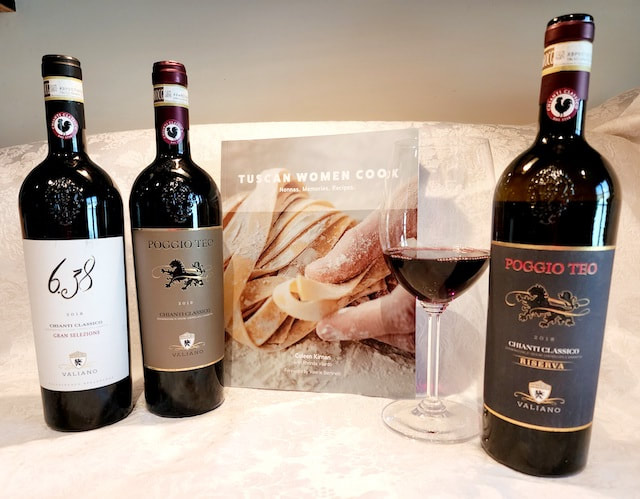
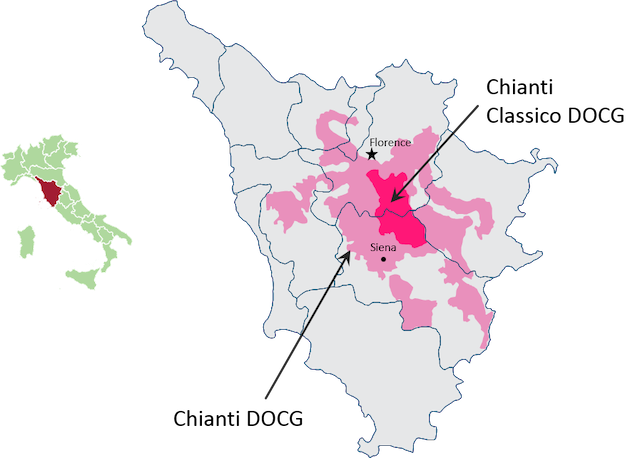
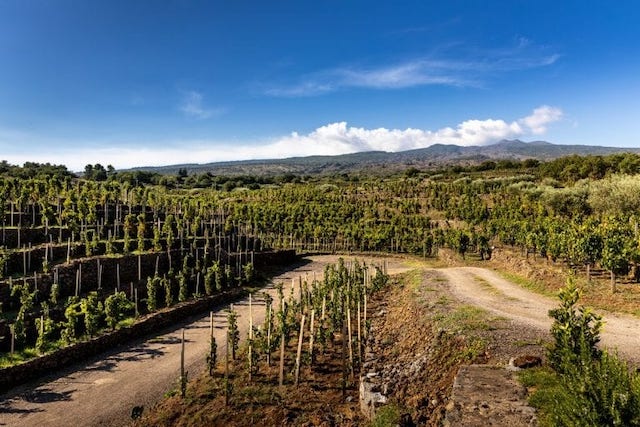
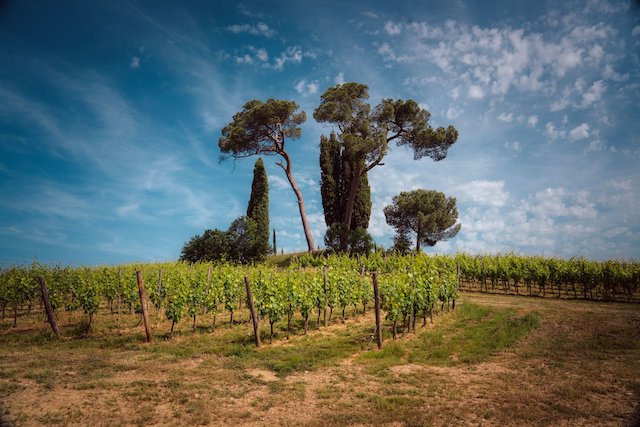
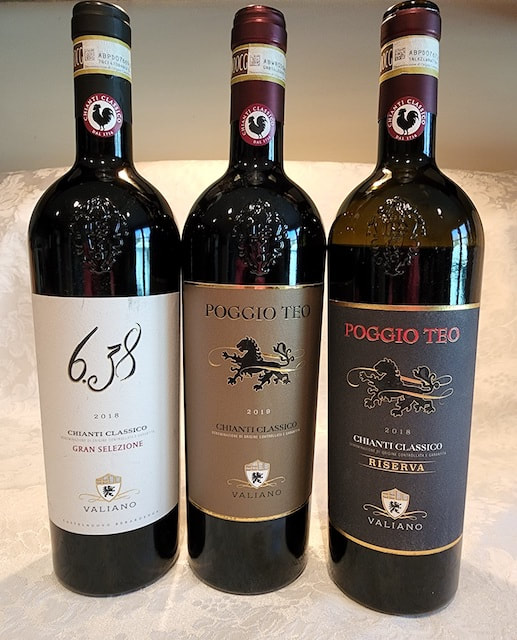
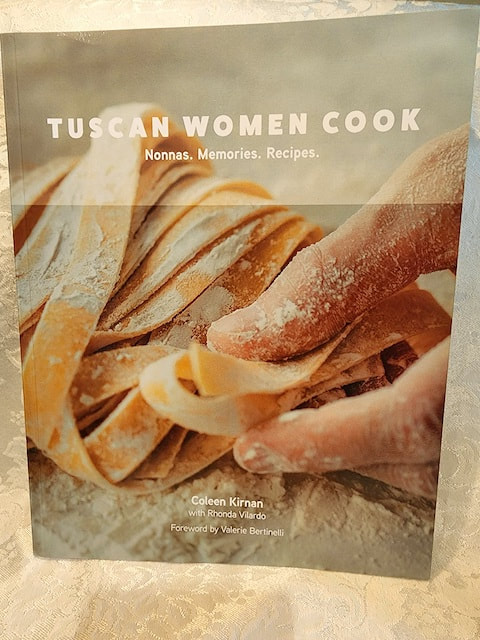
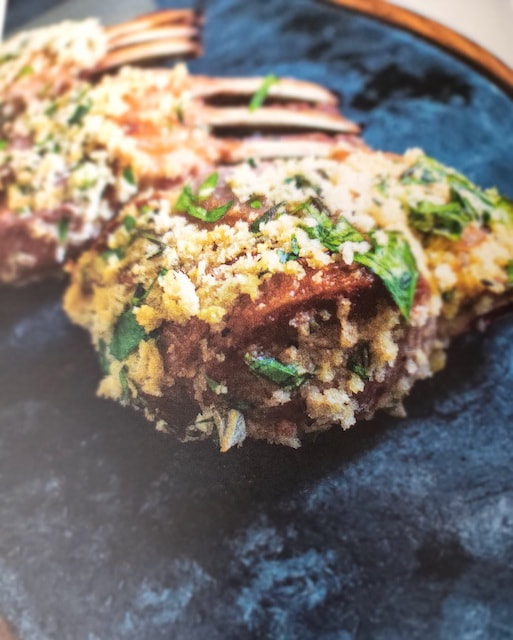
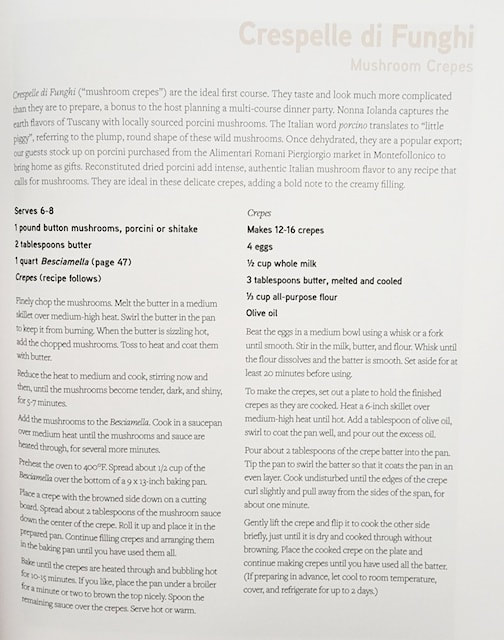
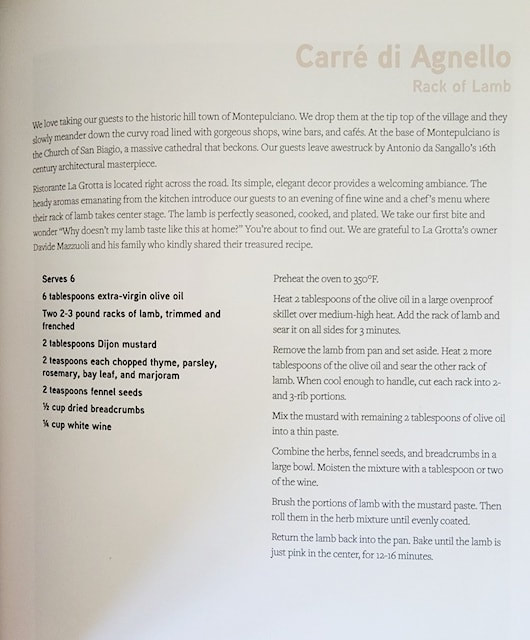
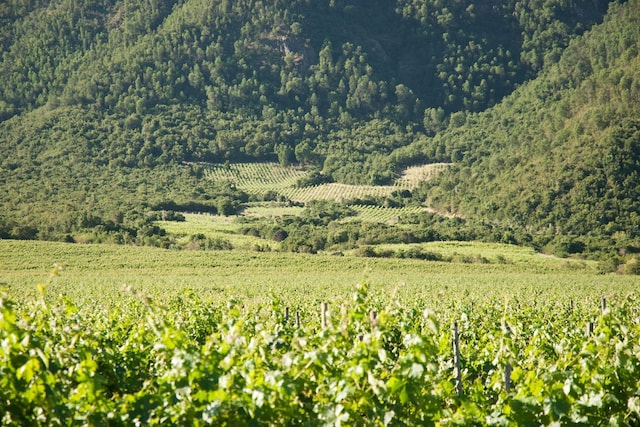
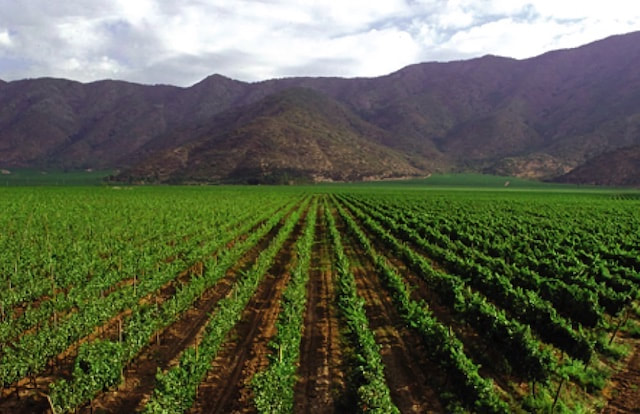
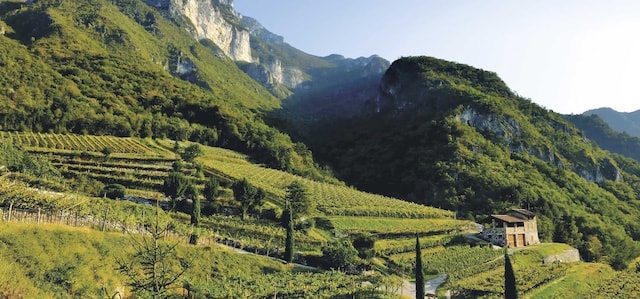
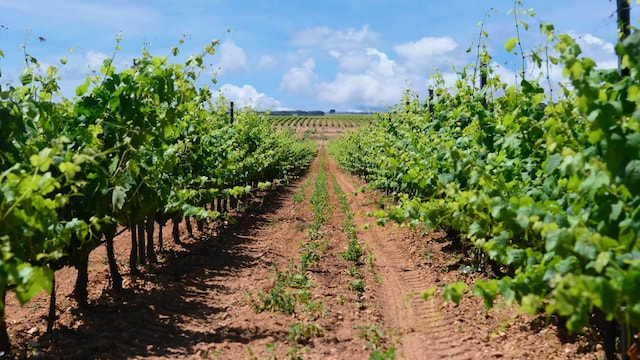
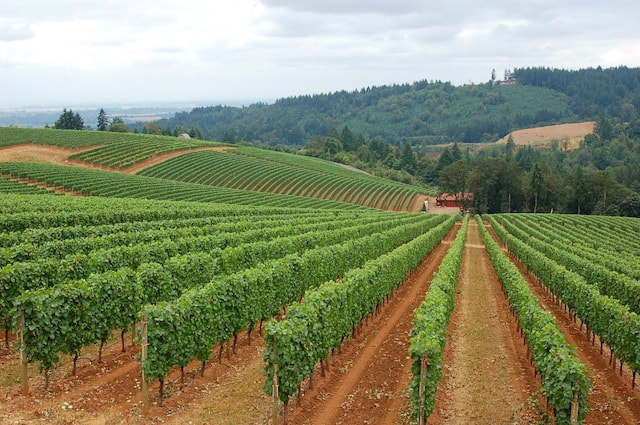
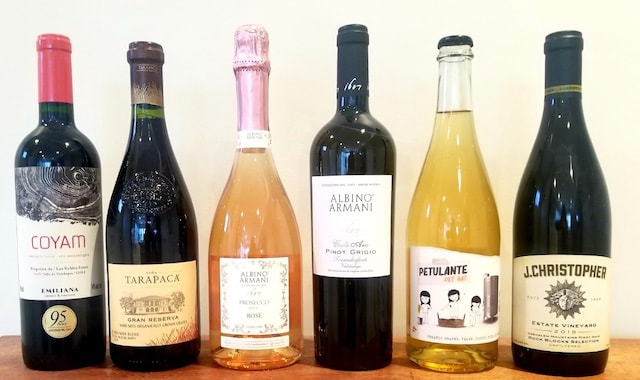
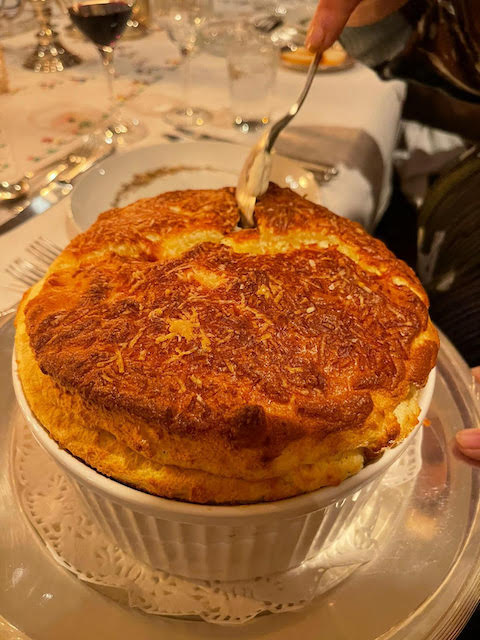
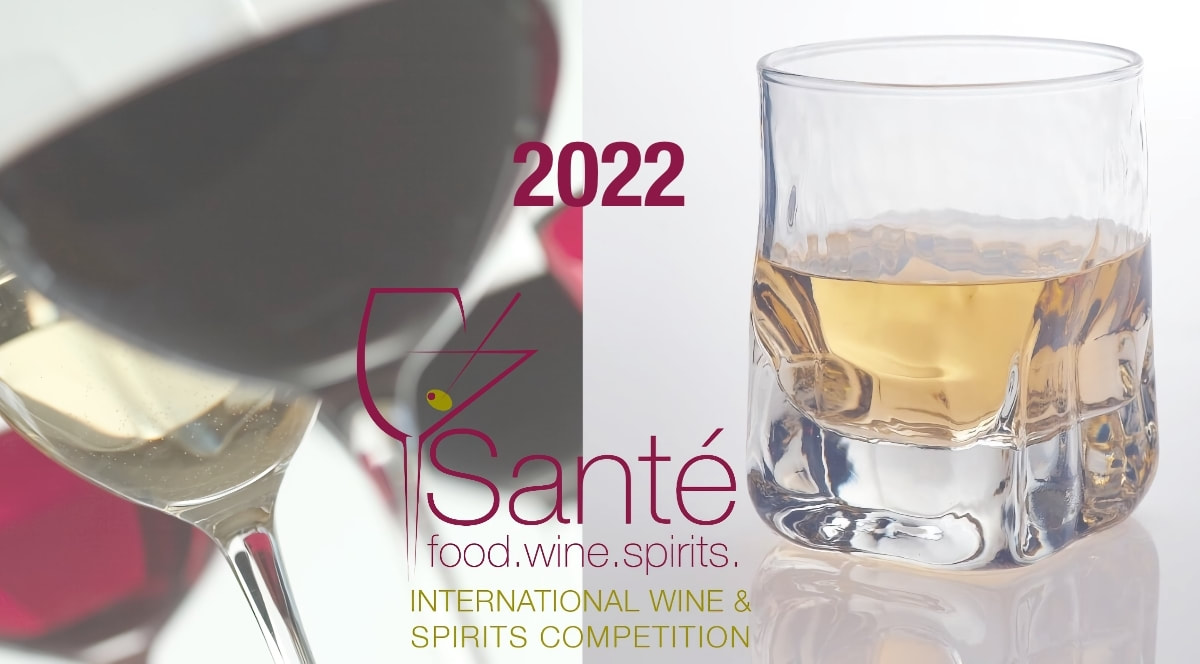
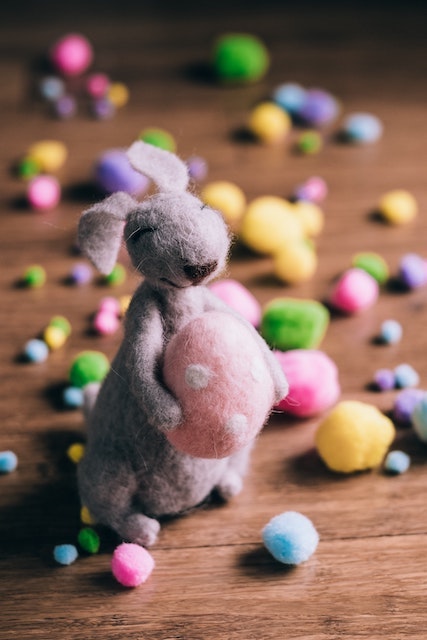
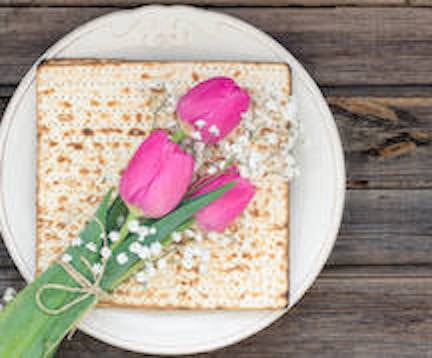
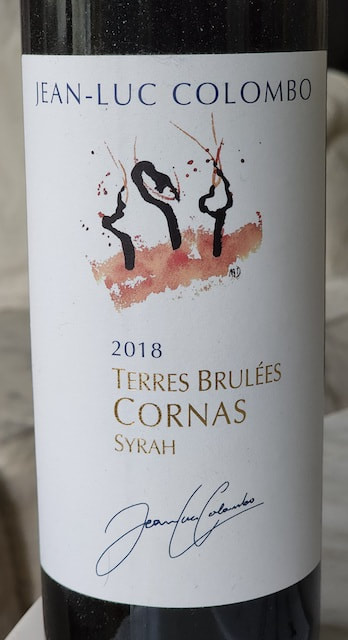
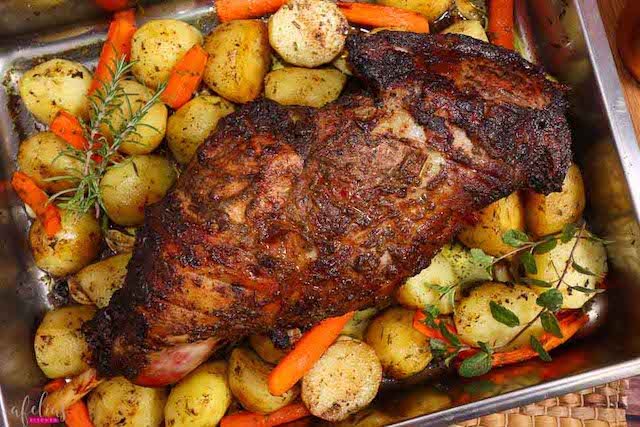
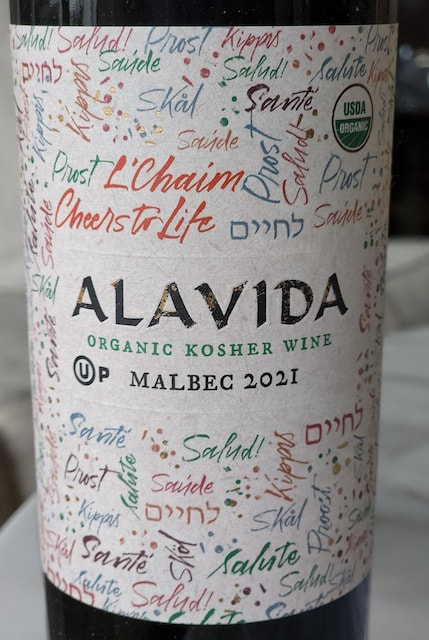
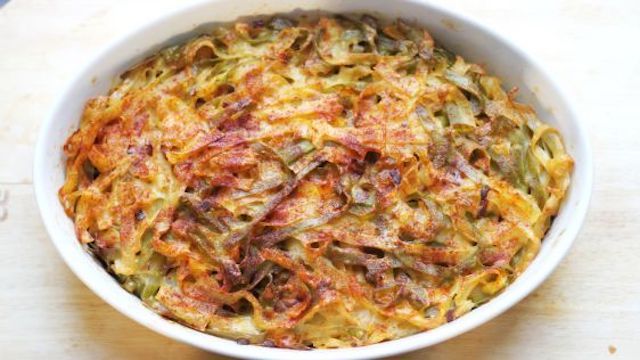
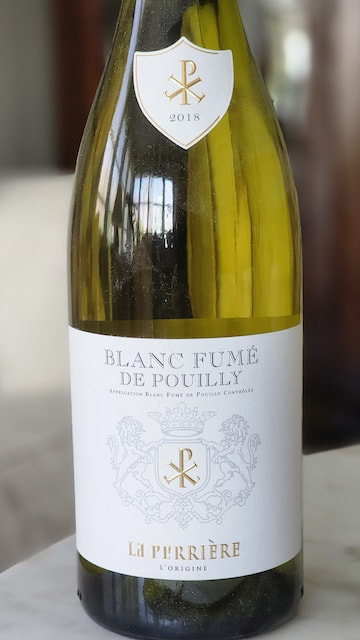
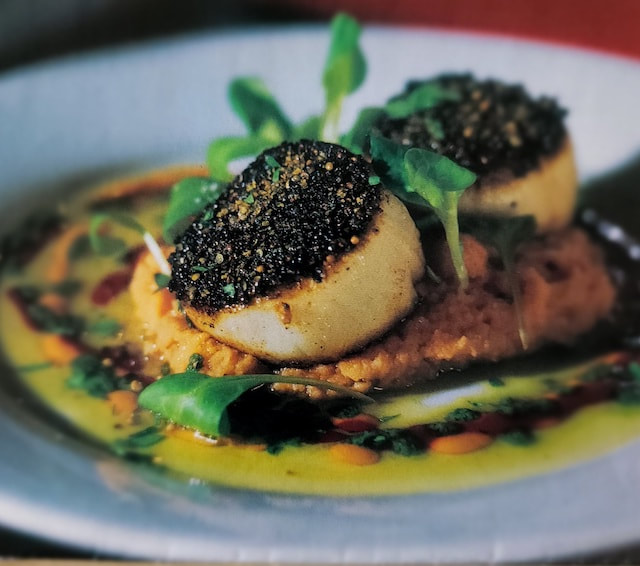
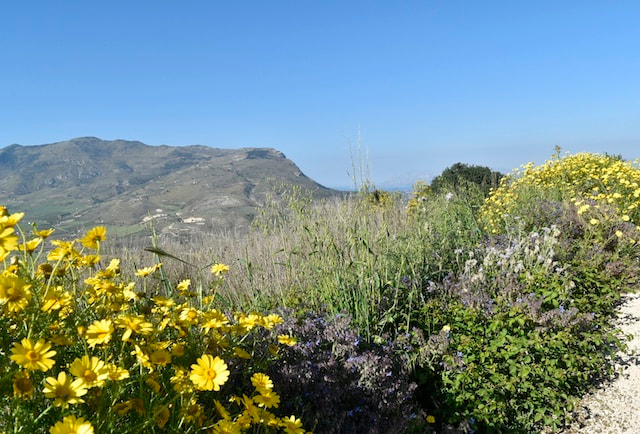
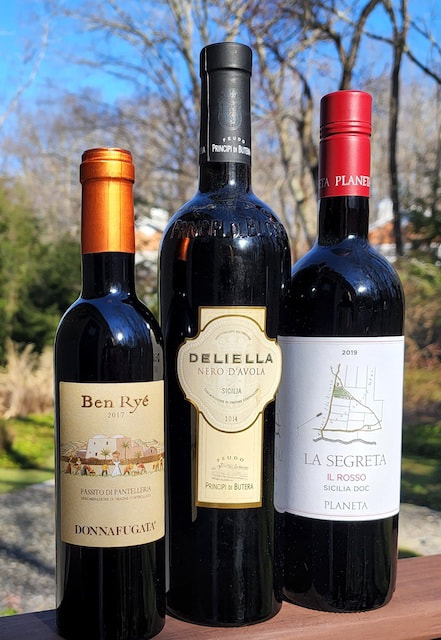
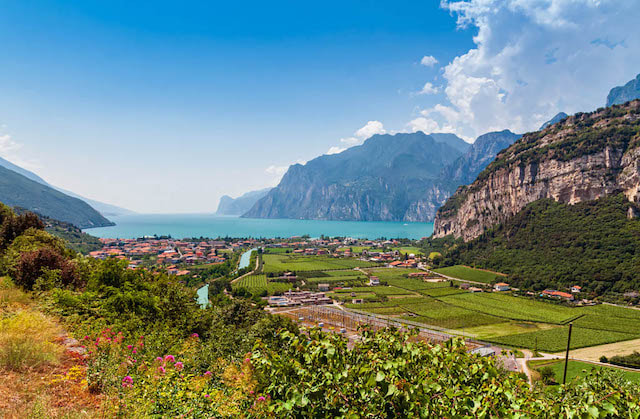
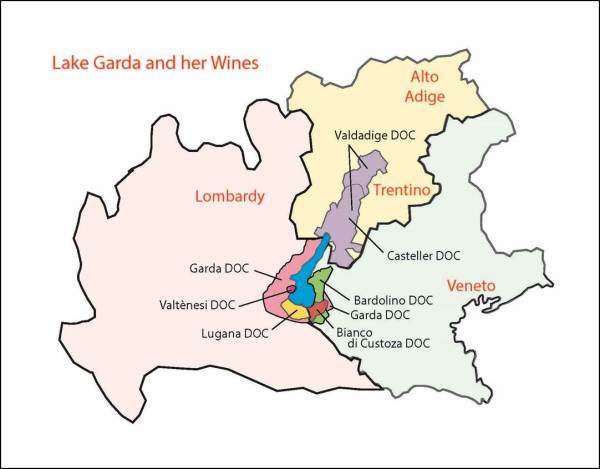
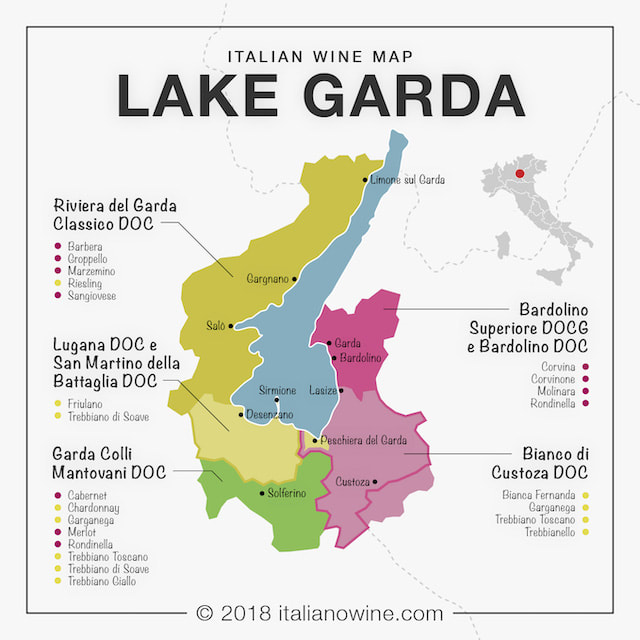
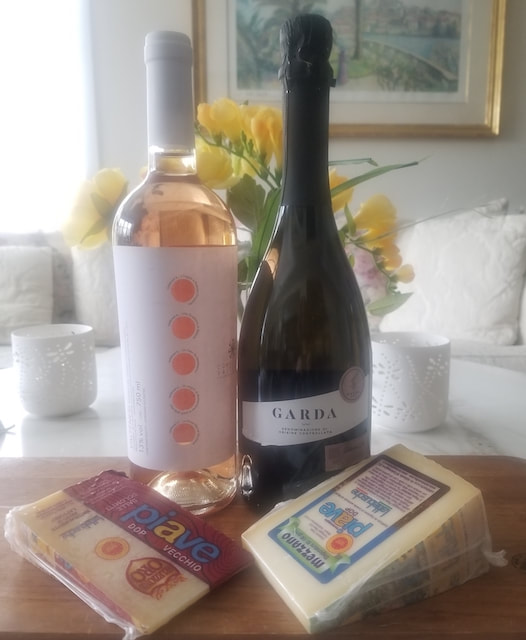
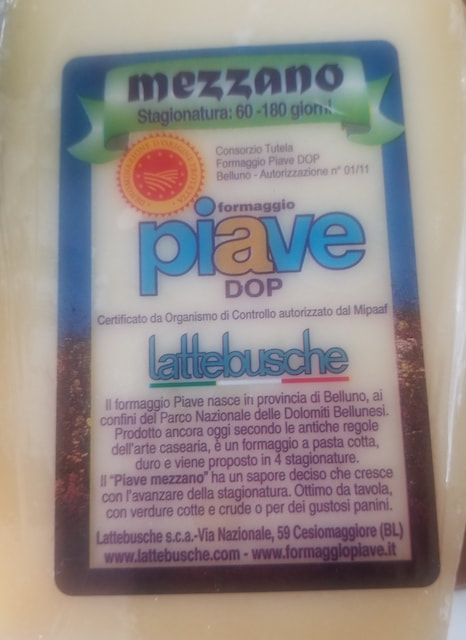
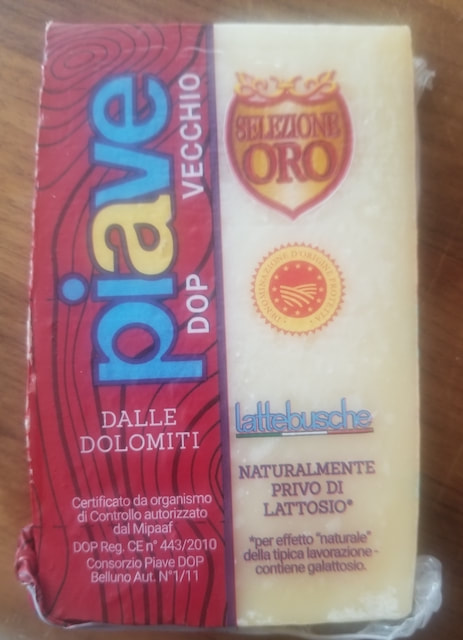
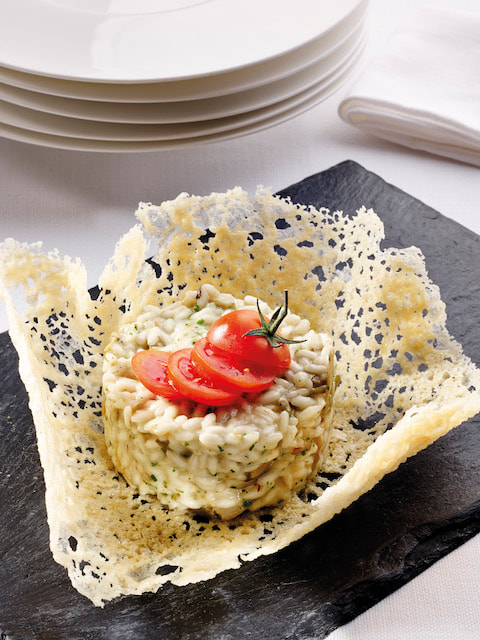
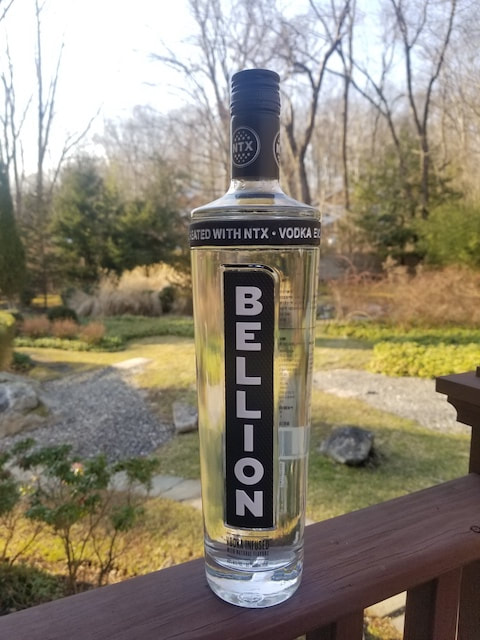
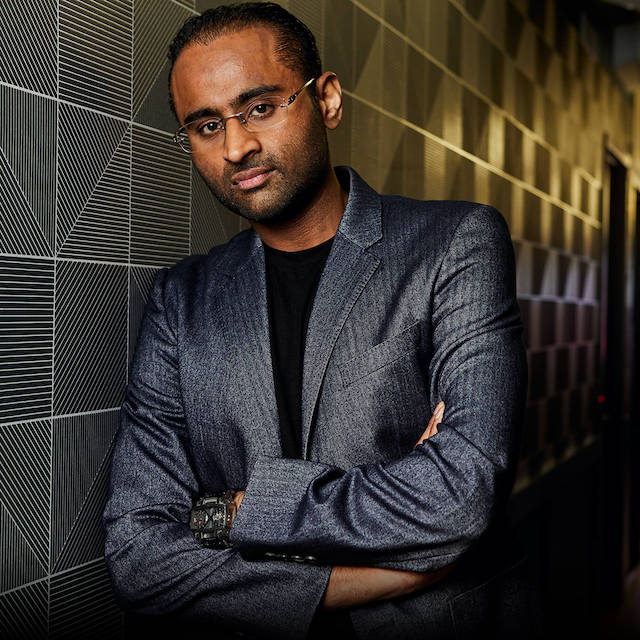
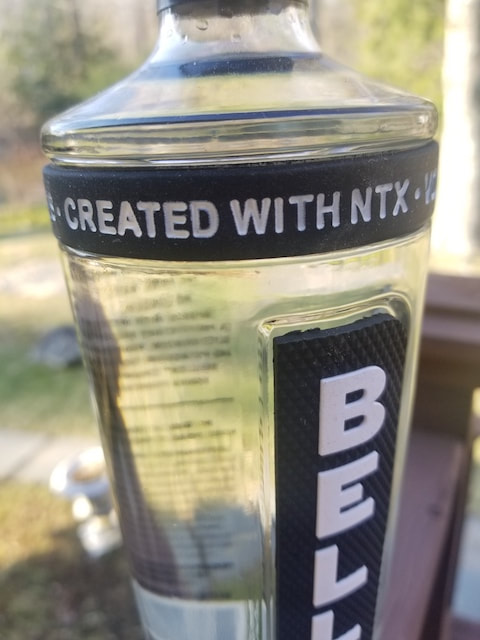
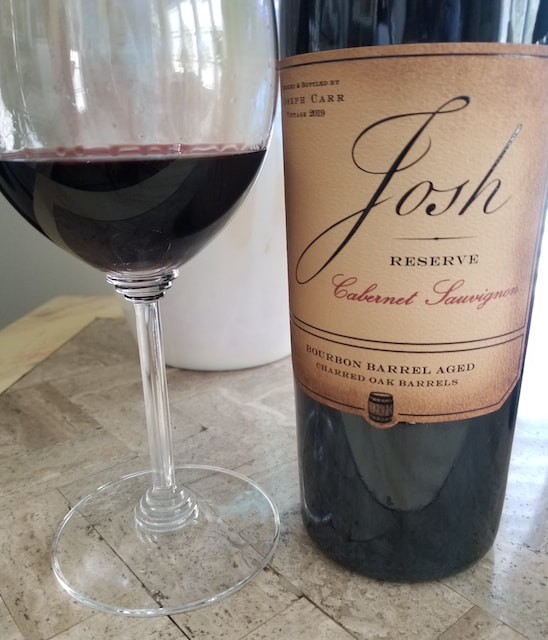
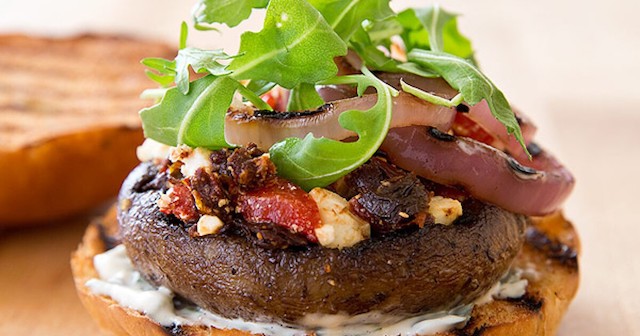

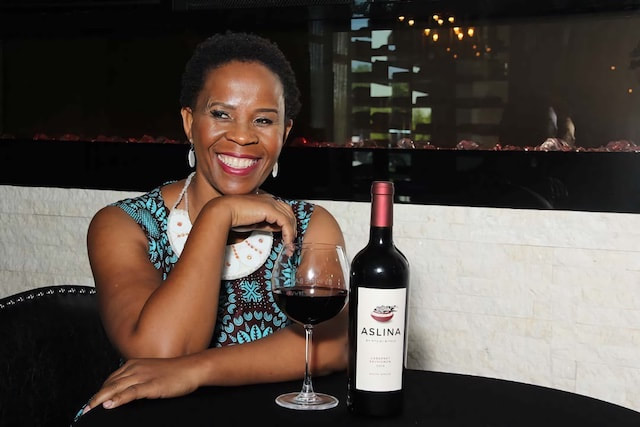
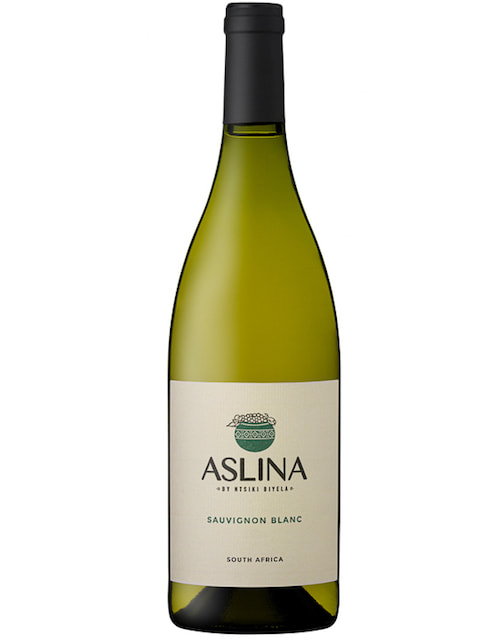
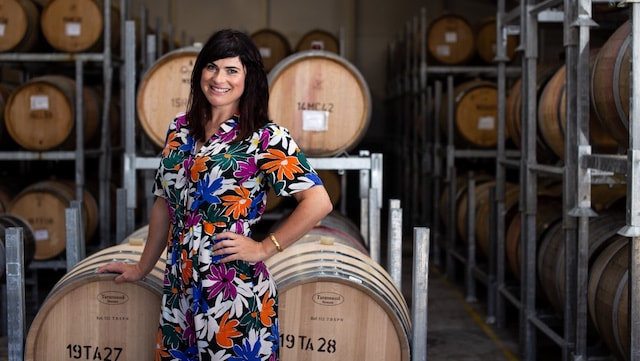
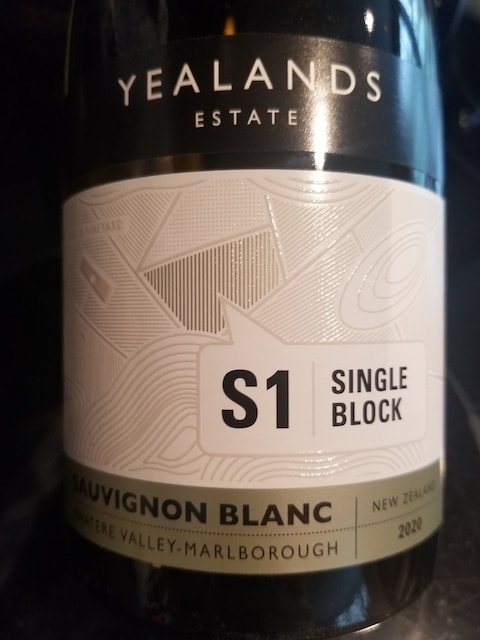
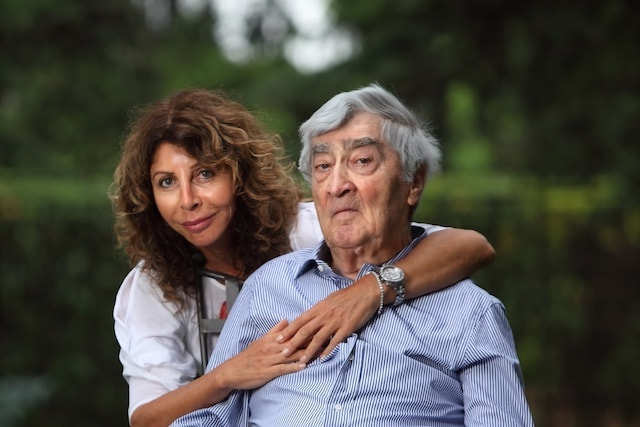
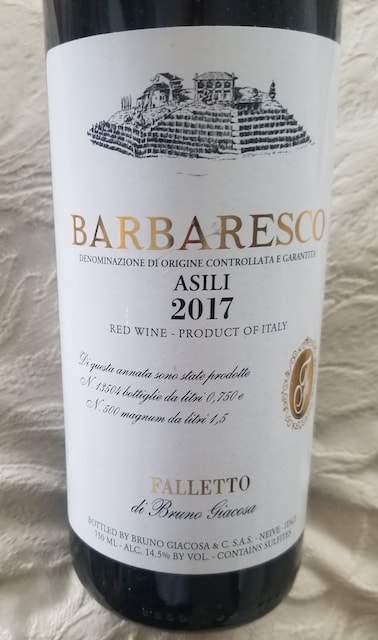

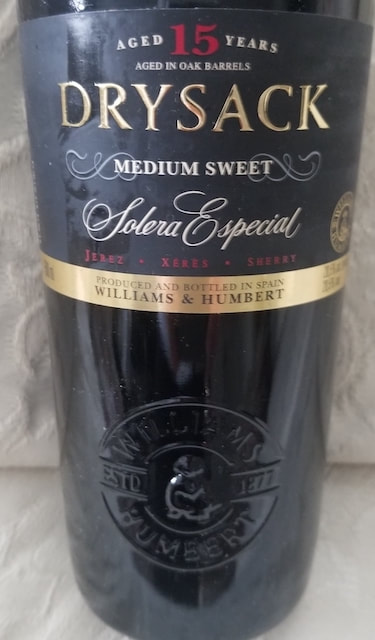

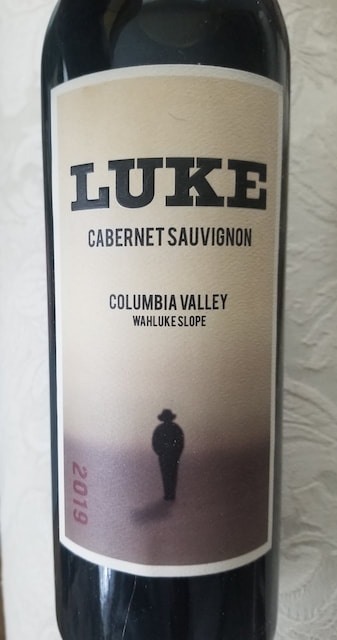
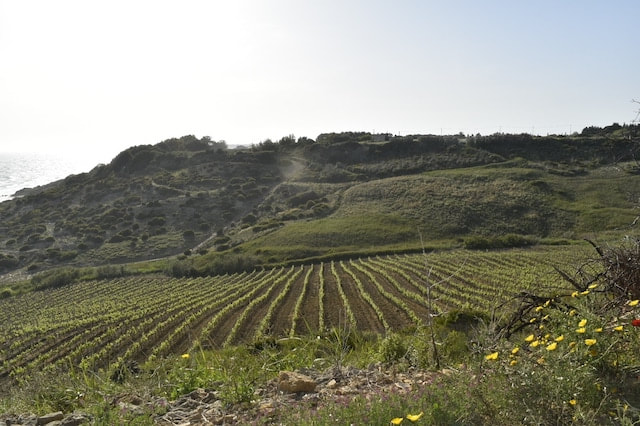
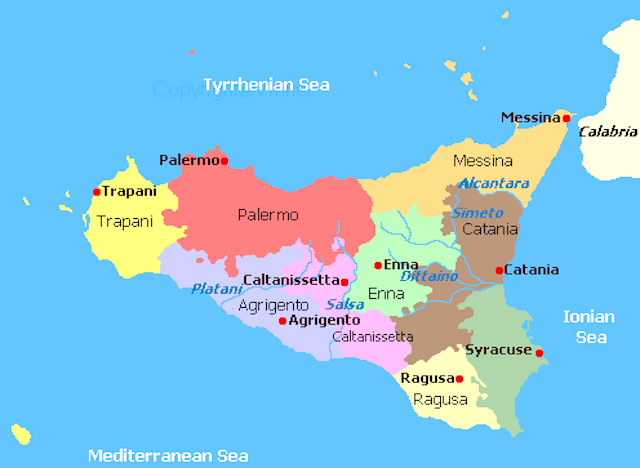
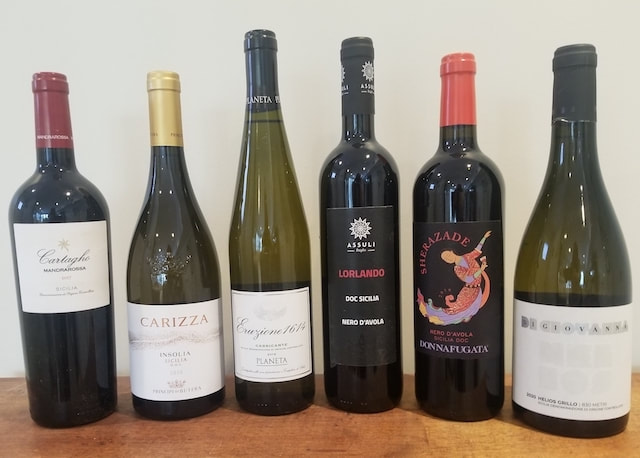
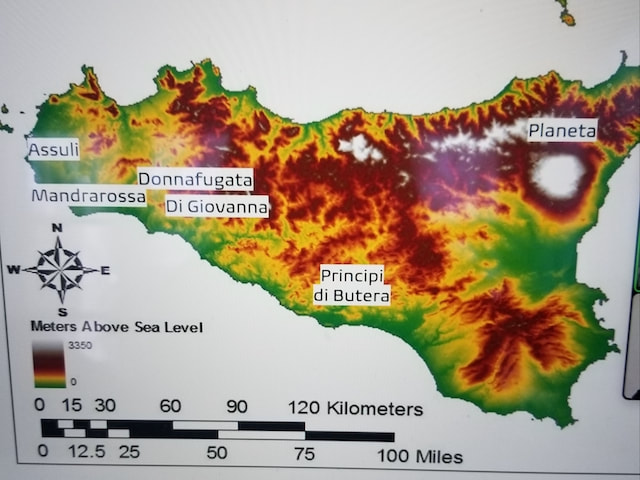
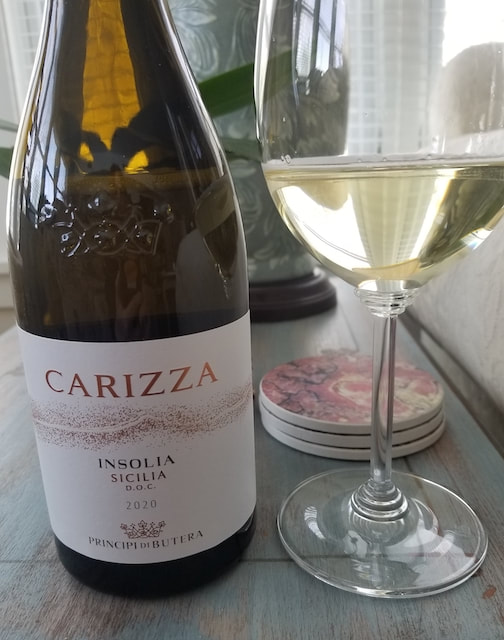
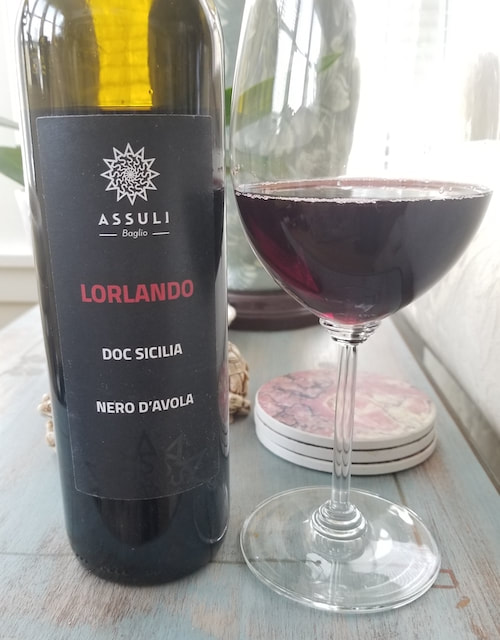
 RSS Feed
RSS Feed